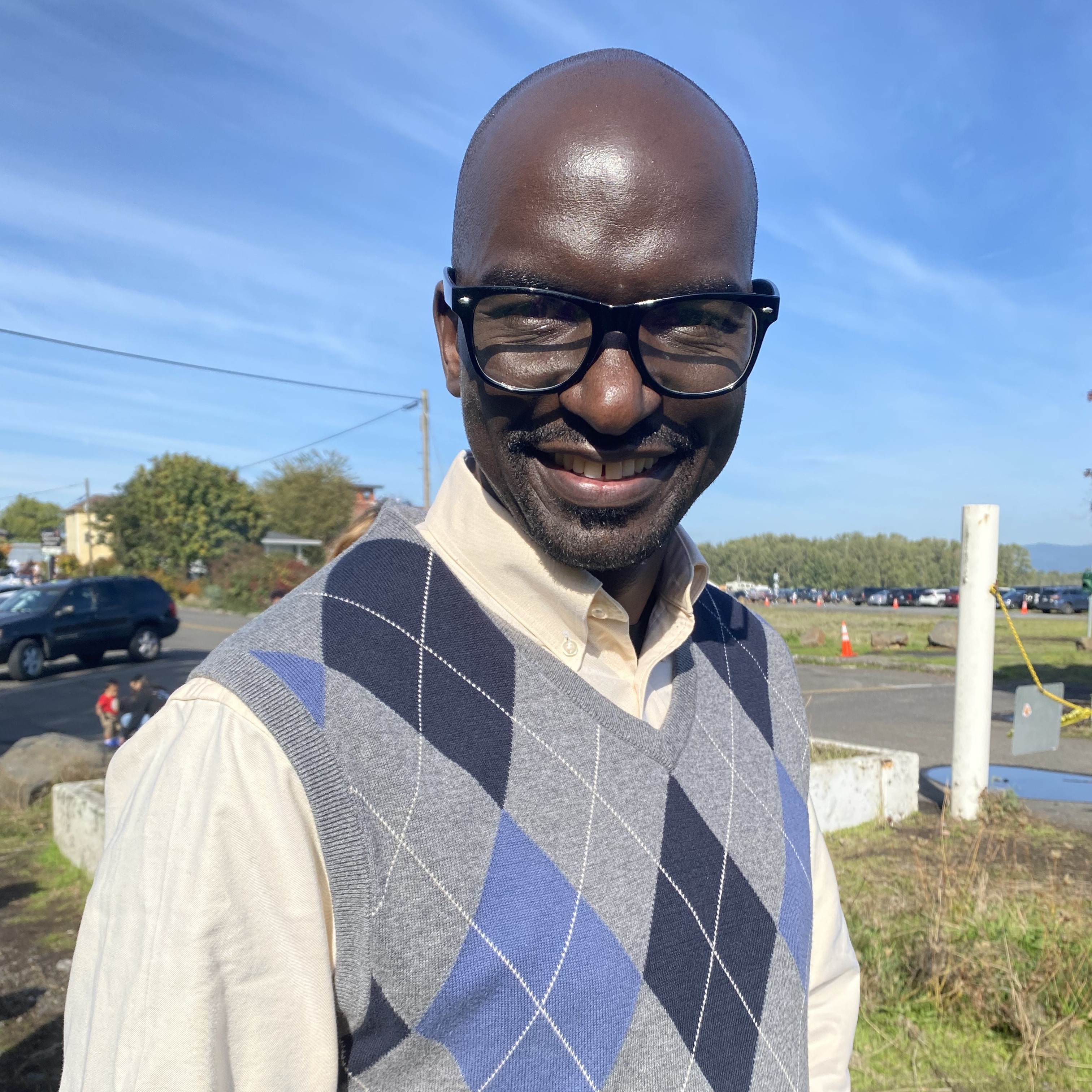|
Session B2.1
Mobile Homes as Historic Resource
Ashley Baumann
11:15 – 11:45 AM ET
| About the Presentation |
|
Mobile homes have their roots in the deep-seated American spirit of exploration. With the rise of the automobile in the early twentieth century, Americans began to take to the roads for family vacations and travel adventures. The invention of travel trailers allowed these explorers to camp comfortably in the days before the Interstate revolutionized long-distance travel and Holiday Inns could be found at every exit. During World War II, the US government turned to travel trailers for temporary housing relief for factory workers in cities across the United States, and the idea that these structures could serve as permanent housing was born. Post-war ads touted the mobile home as affordable housing in a time of housing shortages, and their popularity increased through the 1970s with innovative, affordable, and modern designs.
Today, more than 22 million families are homeowners because of manufactured housing, with one-fifth of these houses constructed prior to 1980. However, although the stock of mobile homes 50 years or older continues to rise, not all historians agree this is a historic resource requiring evaluation for eligibility in the National Register of Historic Places. This presentation will focus on the historic context of the mobile home and its role as a significant and unique mainstay of the historic built environment.
|
| About the Speaker(s) |
|
 Ashley Baumann Ashley Baumann
Senior Environmental Planner and Architectural Historian
KCI Technologies
Ashley Baumann is a Senior Environmental Planner and Architectural Historian with KCI Technologies and has more than 14 years of experience in environmental compliance for transportation and infrastructure projects. Her specific areas of expertise include NEPA documentation, Section 106 compliance, and preservation planning. She has a Bachelor of Arts degree in Anthropology and Archaeology from Mercer University and a Master of Historic Preservation degree from the University of Georgia. Outside of the office, she serves as the Vice-Chair for the City of Norcross Historic Preservation Commission and is a self-proclaimed board game geek.
 Brittany Potter Brittany Potter
Secretary of the Interior Architectural Historian
Arcadis
Brittany Potter, of Arcadis, is a Secretary of the Interior (SOI) qualified architectural historian per 36 CFR Part 61 with 8 years of experience in infrastructure projects related to Section 106 of the National Historic Preservation Act. She received a Bachelor of Arts in Art History from the University of North Carolina at Wilmington and holds a Master of Heritage Preservation from Georgia State University. Brittany has a love for anything mid-century and the evolution of the American built environment.
|
Session B2.2
From Static to Dynamic: Public Participation Pandemic Pivot
Josie Wilson
11:45 AM – 12:15 PM ET
| About the Presentation |
|
Public health guidance in response to COVID-19 community transmittal made traditional public meetings impossible for the Clear Air Force Station Long Range Discrimination Radar Draft EIS release.
In a time of rapidly changing public guidance regarding safe gathering spaces and format, the EIS team quickly pivoted from a traditional in-person public meeting plan to an online open house format with an interactive, virtual-reality user experience. Not only did this change keep the three involved federal agencies compliant with NEPA requirements but enhanced the project team’s ability to reach a broader audience with greater interaction with the highly technical EIS material. Feedback from the public, the federal agencies, and interested parties (e.g., NGOs, local government representatives) was overwhelmingly positive, and the online open house went on to win top prize at the Public Relations Society of America, Alaska Chapter for “comprehensive public relations campaigns which successfully communicate a message using a variety of tools, programs, and components”.
This presentation will present how the EIS team engaged the public during the NEPA process while increasing public participation and engagement in response to changed conditions. We’ll take a tour through the virtual meeting space, review challenges and solutions, and discuss how this pivot set a new standard for public involvement with involved parties.
|
| About the Speaker(s) |
|
 Josie Wilson Josie Wilson
Strategic Communications Director
HDR, Inc.
As HDRs Alaska Strategic Communications Director, Josie has extensive experience developing and implementing strategic communications and marketing strategies. She has 18 years’ experience overseeing integrated and multi-channel communication campaigns, strategic planning, and public relations for diverse audiences. A motivational speaker, leadership trainer, and consultant, Josie has experience guiding branding initiatives, external affairs, government relations, community investment, and employee morale activities. She is recognized as a dynamic go-getter with the ability to be client-focused and drive toward results. She has a demonstrated skill for learning quickly, synthesizing complex information, and successfully implementing initiatives.
 Anna Kohl, CEP Anna Kohl, CEP
Environmental Project Manager
HDR, Inc.
As Environmental Project Manager at HDR in Alaska, Anna’s work focuses on program-level environmental planning and NEPA compliance for infrastructure development projects. She is actively engaged in all technical discipline aspects pertinent to the NEPA process, as well as with agency and stakeholder coordination and communication. Active in NAEP, the Alaska NAEP Chapter, and as a Trustee for the Academy of Board Certified Environmental Professionals (ABCEP), Anna is committed to advancing the environmental practice through collaborative learning opportunities with colleagues. Anna has worked with public- and private-sector clients in Alaska for 21 years.
|
Session B2.3
Public Involvement in Environmental Protection Projects
Gordon Okumu
12:15 – 12:45 PM ET
| About the Presentation |
|
Public participation in environmental projects is one of the many important aspects of environmental protection ventures. When the public is involved in activities affecting them, it brings out a positive change that can help. Public participation in every decision improves the confidence of the citizens in government or nonprofit activities. On the contrary, government projects and activities sometimes are complex and requires extreme level of technical understanding to become viable success for the community hence difficult to involve the public at all levels. In this paper, we report the positive effects of public participation and how public administrators can determine the extent of public participation in environmental protection through the determination of community groups, governance policy, tools, and processes of engagement that they can implement. We are also going to discuss the capacity development strategy for engaging the public as well as stakeholder identification and management through community-based dialogue. In doing so, we shall be able to find out the public’s interests, perspectives, capacities, and interactions and this will enable us to display multiple dimensions of stakeholders’ attributes in a radargram which in return will guide us in knowing the stakeholders within the public and their individual abilities within the society so that they may be placed in the right spot within the spectrum for public participation.
The learning objectives of this paper is to provide an overview and holistic approach on how to involve the public in activities that requires public participation. The research process, identification, and categorization of the public will be part of the project. Several projects that stall in the process of implementation does so because the step of public participation was either ignored during the planning or reviewed shallowly and left as less important yet it’s one of the most important aspects of any realistic project. This paper will therefore talk about the community-based participatory action on public involvement in ecological restoration and protection of the environment.
|
| About the Speaker |
|
 Gordon Okumu Gordon Okumu
Health & Environmental Investigator II
King County
Gordon works for King County in Washington State as Health and Environmental Investigator. He experienced in forest restoration, hazardous waste management and mechanism of pollution prevention. He works with businesses, trades associations and agencies to develop best management practices while identifying cost-effective options for disposition of the hazardous wastes. Gordon is also the founder and president of Angels of Africa, a nonprofit organization working with communities in Western Kenya to help restore the lost forest cover as well as training them about environmental protection. The Angels of Africa has so far planted over fifty thousand indigenous trees in western Kenya. Gordon has a bachelor’s degree in global environmental management from the University of Oregon, a post graduate certificate in Tropical Forest Landscapes from the Yale School of Environment and a bachelor’s in Media Studies - Public Relations major from the Multimedia University of Kenya.
|
Back to Schedule
|

 Ashley Baumann
Ashley Baumann Brittany Potter
Brittany Potter Josie Wilson
Josie Wilson Anna Kohl, CEP
Anna Kohl, CEP Gordon Okumu
Gordon Okumu

